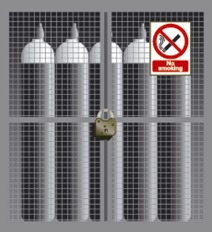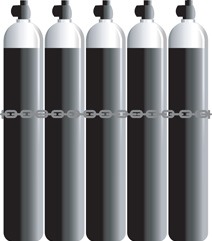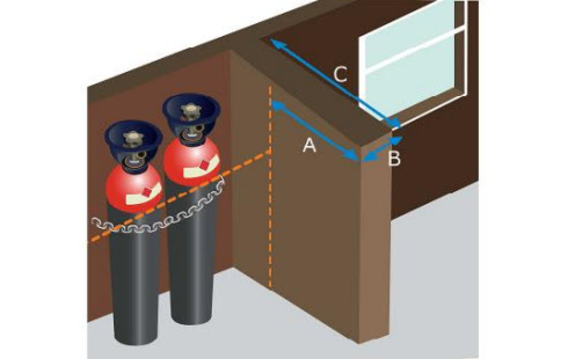- Official BOC UK Online | Industrial Gases | Products & Solutions | BOConline UK
-
Shop
- Industries
- Processes
- Gases & Equipment
-
Solutions
-
Services
-
Health & Safety
-
Contact & Support
- What's Happening
-
Net Zero Strategies
Storing Gas Cylinders
Some gas cylinders may be large, heavy and relatively unstable due to the small base-diameter to height ratio
Gas cylinder storage
Compressed, refrigerated and/or liquefied gas cylinders shall be stored in accordance with BCGA CoP 44. Where only LPG cylinders are held, store these in accordance with Liquid Gas UK CoP 7.







